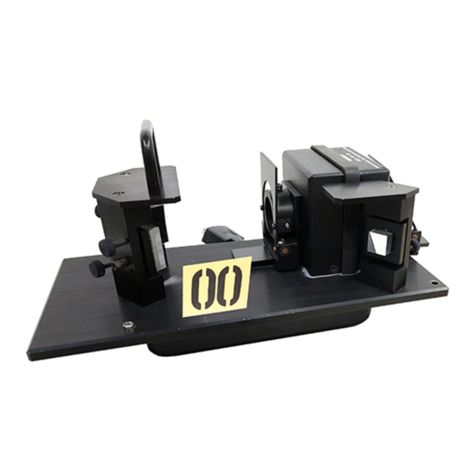
AQ-00275-000, Rev. 3
DRA-CA-3300 Diffuse Reflectance Accessory
Introduction .............................................................................................................. 1
Unpacking and Inspection ....................................................................................... 3
Standard Components ....................................................................................3
Optional Components ....................................................................................3
Installation ................................................................................................................ 5
Optical Alignment of the Accessory ....................................................................... 8
Alignment Check ...........................................................................................8
Aligning the Accessory Optics ......................................................................9
Diagnostic Scans ..........................................................................................11
Operation ................................................................................................................ 14
Integrating Sphere ........................................................................................14
Optical Chamber ..........................................................................................15
Loading the Sample Reflectance Port ..........................................................15
Transmittance Sample Holder ......................................................................17
8°/Hemispherical Reflectance Factor Measurements .................................. 17
0°/Diffuse Reflectance Factor Measurements ..............................................18
Large Sample Reflectance Measurements ...................................................18
Transmittance Measurement Procedure .......................................................19
Theory of Operation .....................................................................................21
Double Beam Spectroscopy .........................................................................21
Reflectance Measurement of Non-Ideal Samples ........................................24
Zeroline Correction ......................................................................................26
Sources of Error ...........................................................................................26
Optional Components ............................................................................................ 28
Center Mount Sample Holders ....................................................................28
Powder Cell Holder ......................................................................................35
Transmittance Port Cuvette Holder ..............................................................37
Maintenance ........................................................................................................... 39
Mirror Cleaning Procedure ..........................................................................39
Spectralon Care Guide .................................................................................39
Troubleshooting the DRA-CA-3300 ............................................................40
Detector Replacement ..................................................................................41
Appendix A Specifications .................................................................................... 42
Appendix B Typical Spectralon Reflectance Factors ......................................... 43
Appendix C Glossary ............................................................................................ 44




























